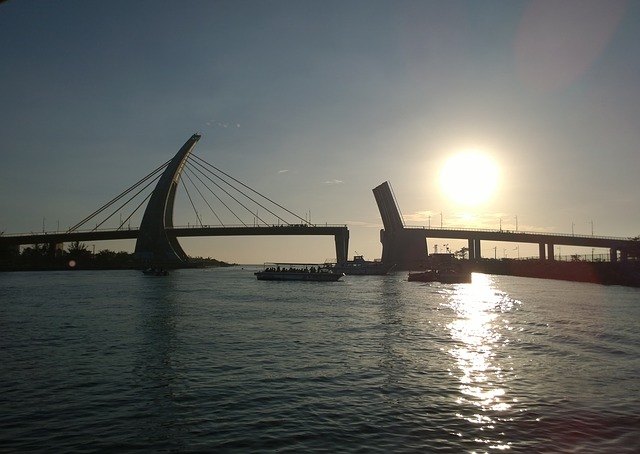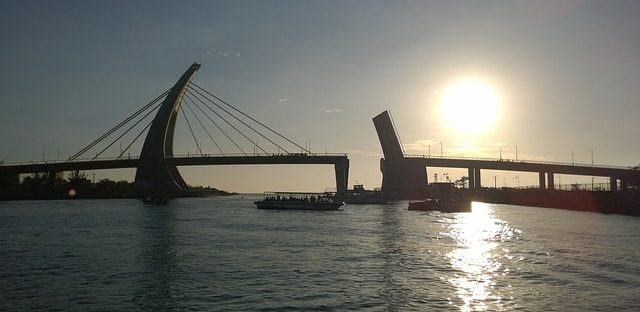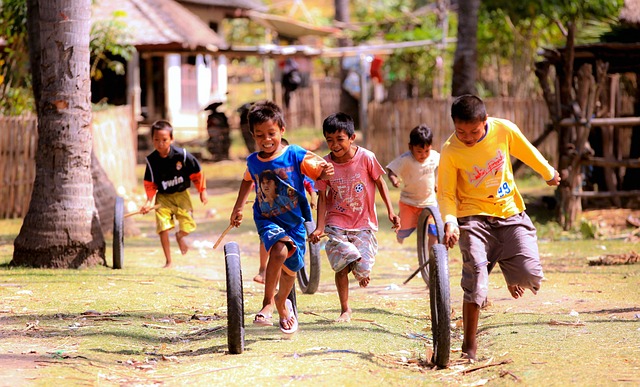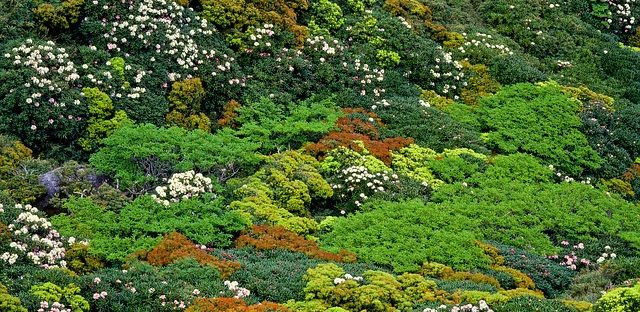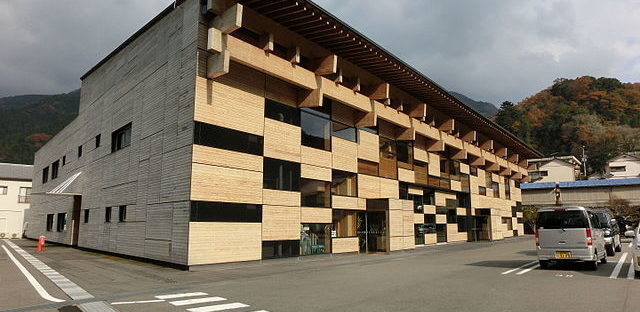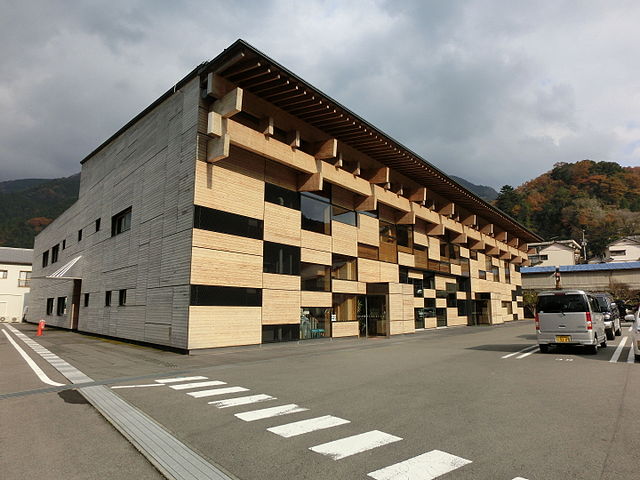- Target: 100% renewable energy
- Status: In progress
- RES: Smart grids and solar farms
- Implementation: In 2009, Taiwan experienced Typhoon Morakot: the deadliest recorded typhoon to ever impact Taiwan, which resulted in failure to the main power grid. Pingtung County consequently resolved to to ensure that its community can be energy self-sufficient in the event of any natural disaster, or for at least one week in the event of failure of the grid. In July 2016, under the leadership of the head of government Magistrate Men-An Pan, the County departments and civil society gathered in Pingtung's 1st Forum on resilience and renewable energy to discuss a pathway to transition to 100% renewable energy and energy self-sufficiency. During the Forum, the Magistrate made a public commitment to explore a 100 renewable energy target and to be an active participant in the Global 100% Renewable Energy Cities and Regions Network. Projects implemented so far include several smart grid and solar farm demonstration projects.
- Population: 839,001 (2016)
- Area: 2,775.6003 km2(1,071.6653 sq mi)
- Link: https://www.globalresearch.ca/taiwans-green-energy-transition-under-way/5616625
